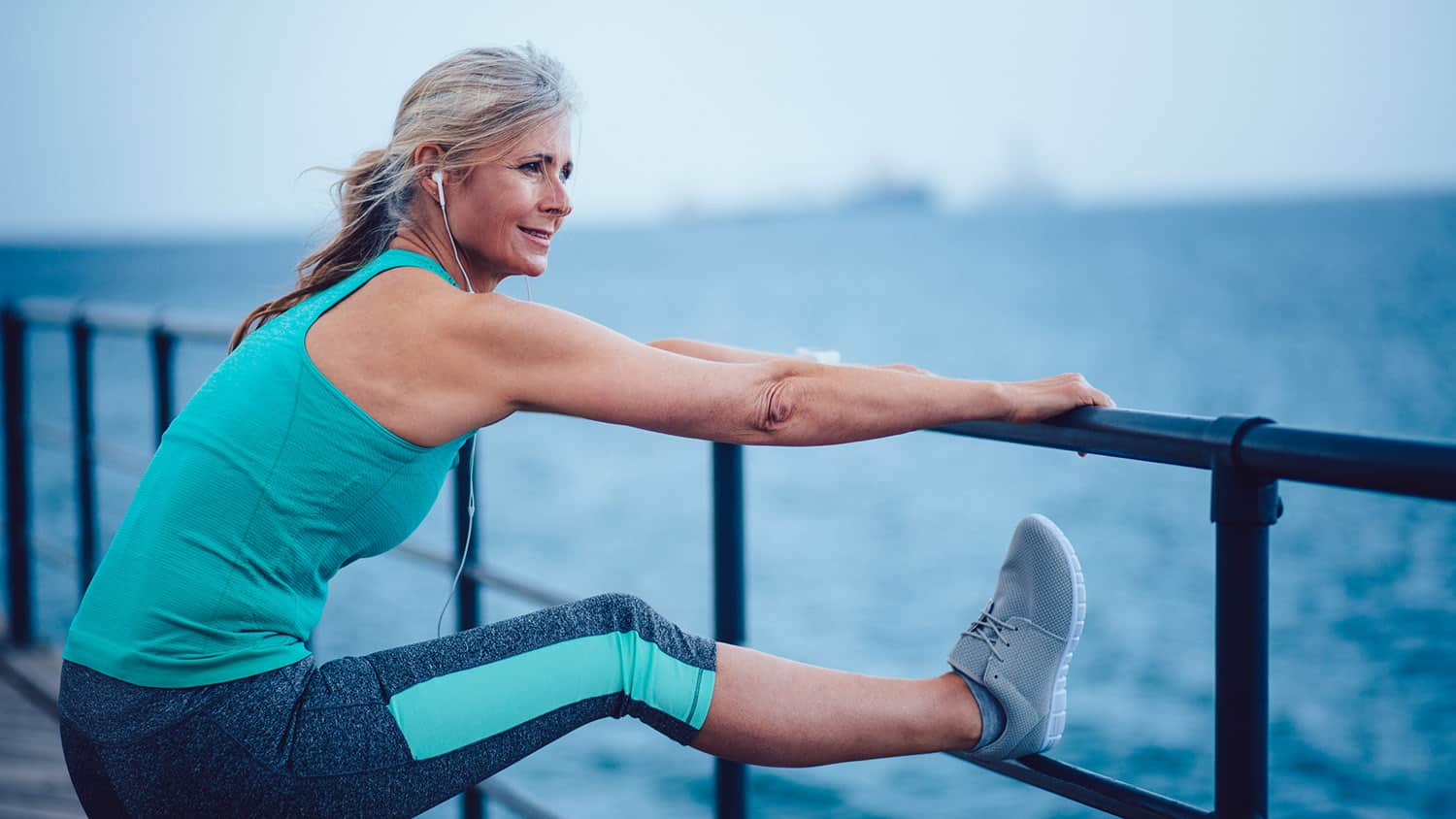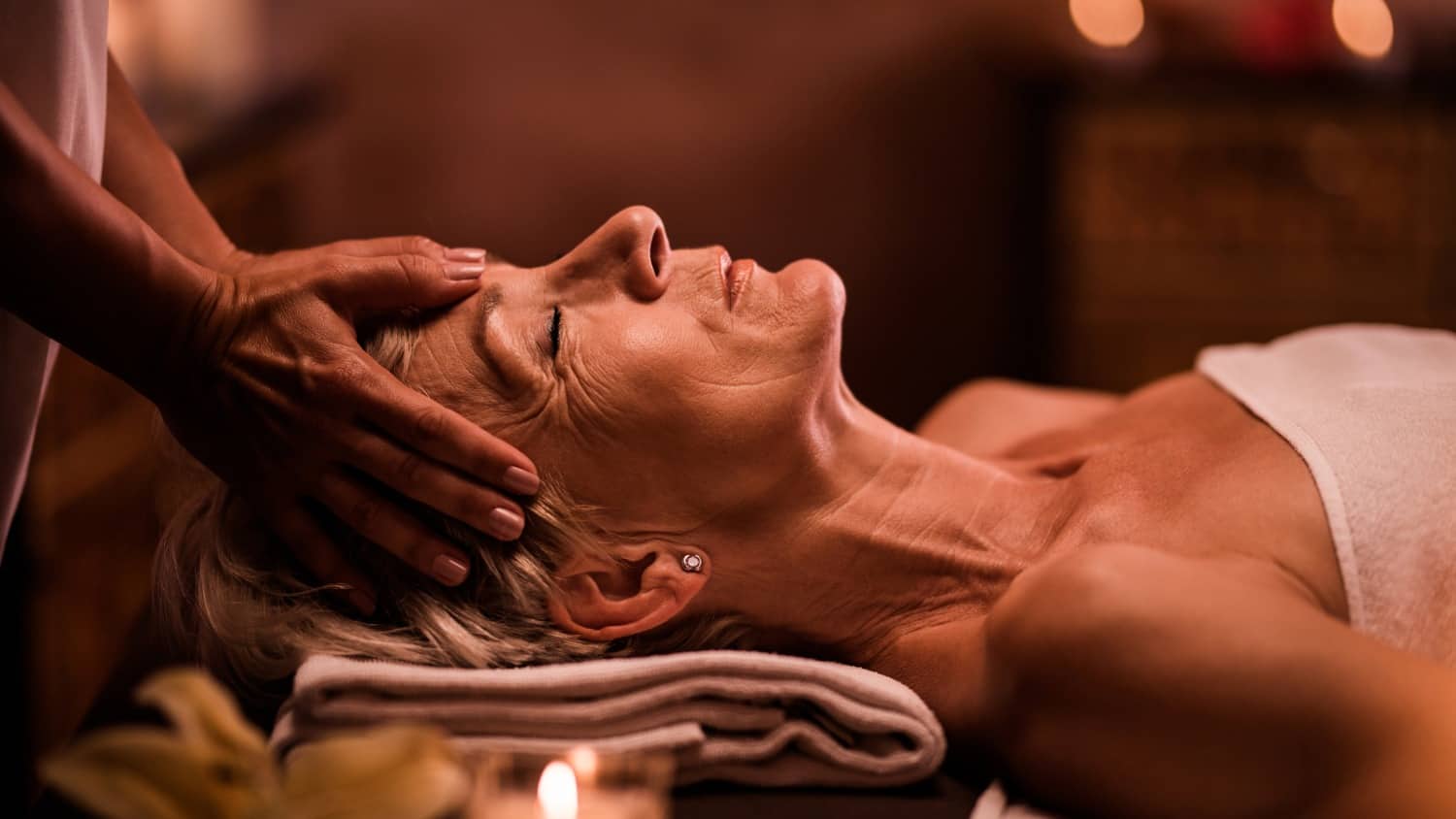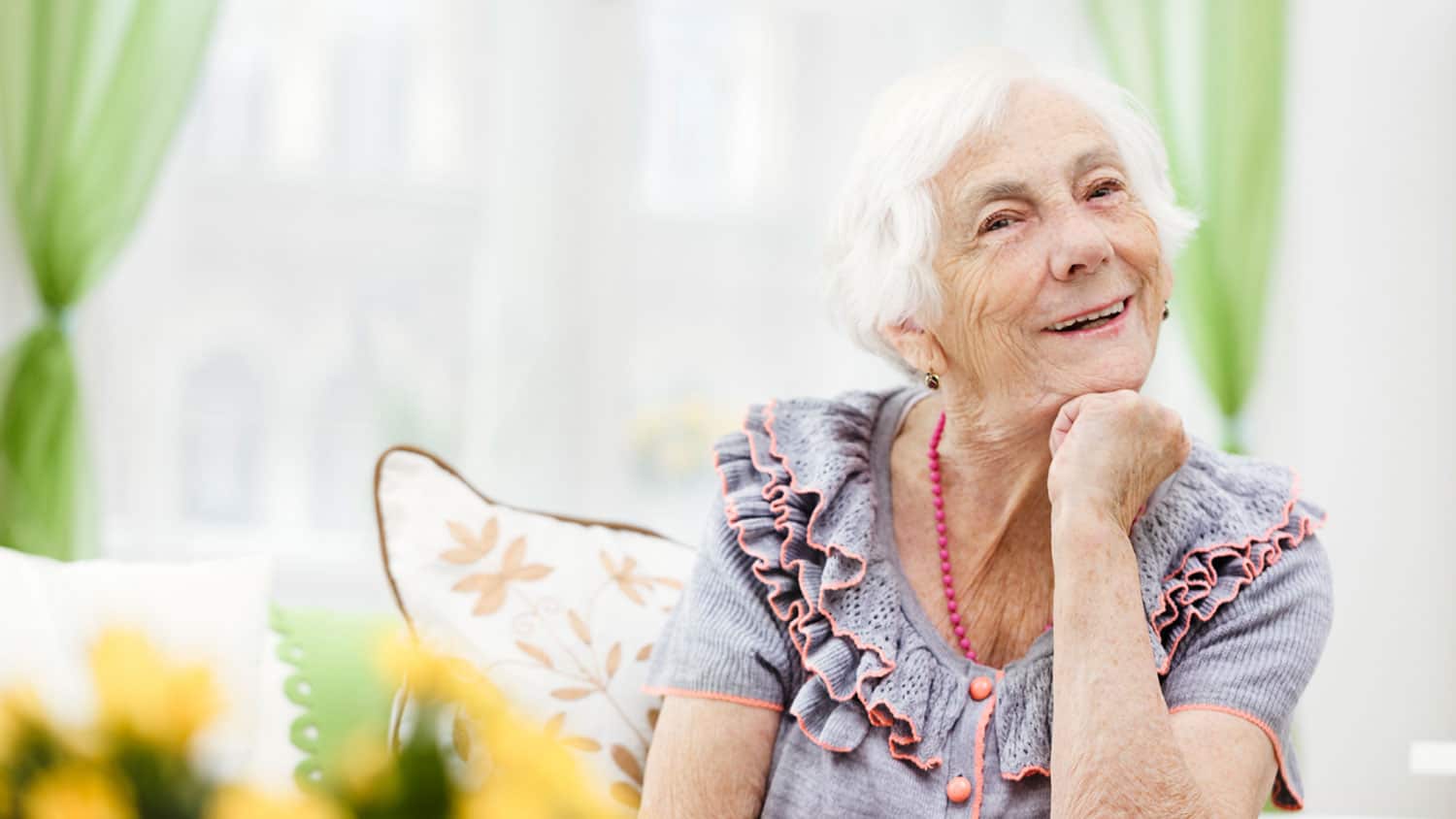
Concerned About Osteoporosis After 60? Try These 4 Simple Tips for Building Hip Bone Density
Osteoporosis is a bone disease in which the density and quality of bone is reduced. According to the International Osteoporosis Foundation, osteoporosis affects 200 million women throughout the world.
Roughly, this means that one in three women over the age of 50 will experience a fracture due to osteoporosis, with the hip being one of the most common sites.
While there are many treatment options for osteoporosis, there is often confusion as to what is the best approach. And unfortunately, as a physical therapist treating both osteoporosis and hip fractures, I tend to notice movement is most often left out of the discussion of treatment choices.
When faced with a diagnosis of osteoporosis or osteopenia, medications can be very effective, but intervention should not stop there. This is where movement enters the discussion – and not just any movement, but movement to promote the building of healthy bone density.
To understand how movement benefits your bones, let’s take a closer look at how bone cells are repaired and renewed.
This may or may not come as a surprise: building bone density starts decades before osteoporosis becomes a concern. The good news is, it’s never too late to start building bone density, even if you’ve already been diagnosed with osteoporosis.
How Bone Cells Regenerate
Fun fact: Bone cells take about 10 years to completely turn over. This means that every 10 years your skeleton has the potential to be different!
Bone, just like any other tissue in the body, continuously undergoes a process of new cell growth and old cell breakdown. Different factors, like lifestyle choices, change this process and may start to cause problems with healthy bone formation.
Osteoporosis doesn’t impact all bones equally. In fact, areas of low bone density exist because they aren’t being stimulated to renew themselves. The most common reason for this is the inadequate loading of your bones.
Certain types of stress to the bone, caused by movement and weight-bearing, stimulate new cell growth. Mechanical input to your body, like forces from gravity, ground reaction, and muscle pulling stimulate bone growth and control breakdown.
All these factors are influenced by your movement! Which means you can send your bone cells the signals they need to grow just by going for a walk in the right environment. This is called positive stress to the bone.
However, putting bone under stress causes positive change only up to a certain point. Once the bone reaches stress that it can no longer resist, failure of the bone results in fractures.
So, the more positive stress you create, the more your bones adapt and the higher the threshold for a fracture will be. The more you contract your muscles at increasing higher loads, the more bone growth and repair you stimulate.
Now you might find yourself wondering how you can create more positive stress to build strong, healthy bones. The great news is, you have no shortage of options! Below are a few of our favorite first steps toward building bone density.
Wear Flat, Flexible Shoes
One of the highest impact steps you can take toward building healthy bone density is to invest in good quality minimal shoes. As we will discuss below, flat shoes are key to maintaining the body alignment ideal for weight-bearing hips throughout all of your daily activities.
If you wear any positive-heeled shoes, start to swap them out for flat, flexible footwear. The ideal shoe is as close as you can be to being barefoot.
The shoe should allow for movement through the sole with a wide toe-box. This transition should be a gradual process and requires some time and effort to strengthen your feet, but the benefits are well worth it!
Practice Standing and Walking with “Hips Over Heels” Alignment
The next step is to practice the alignment best for building bone density. To try this, kick your shoes and socks off. Stand up with your natural stance in front of a full-length mirror. Then look down at your feet.
Think about where you carry your weight over your feet. Does it feel centered back over your heels or are you feeling more pressure in the ball of your foot? Getting in “hips over heels” alignment means that you should be able to easily lift your toes off the ground while keeping your balance.
If you aren’t able to lift your toes due to the pressure toward the front of your feet, this is a sign you are standing and walking with your hips and pelvis pushed forward. This alignment takes weight-bearing work away from your hips and won’t help you build bone density.
To see what the alignment of “hips over heels” looks and feels like, stand turned sideways to your full-length mirror. Looking at the mirror, practice bringing your hips and pelvis back so you feel your weight in your heels and can lift your toes off the floor as mentioned above. Your hip should be stacked directly above your ankle when looking from the side.
Standing in this alignment can take a lot of practice at first. The mirror allows you to use visual feedback for motor learning in the initial stages of practice.
If you feel as though you are being pulled backward and have difficulty keeping your balance, it’s a sign you need to stretch the backs of your legs (discussed below). Keep working toward this alignment over time so you can build bone density while you stand and walk every day!
Stretch the Muscles That Make Up the Backs of Your Legs
The next step is to start to create muscle adaption to keep that “hips over heels” alignment as your automatic standing and walking forms. Lengthening the muscles at the backs of the legs will allow this to become more natural with time and practice.
Years of positive-heeled footwear have shortened most of our calves and hamstrings. As a result, we’ve changed the geometry of our pelvis and trunk to accommodate. Along with changing footwear, stretching your calves and hamstrings has a high impact on hip bone density.
Walk Daily, but Avoid the Treadmill
Walking is the final tip we will address today, but it’s one of the most important activities for building bone density. Keep in mind that the location and form of your walking make a big difference.
When it comes to walking, most of us tend to have a strong preference between walking outdoors, indoors, or on a treadmill. But the surfaces you walk on change the experience of your body and require the use of different muscles.
For building bone density, we recommend staying off the treadmill! Walking on the treadmill forces you into a pattern where you rely on the muscles of the front of your body. This pattern takes you out of the “hips over heels” alignment as mentioned above.
Walking over ground, whether indoors or outdoors, allows you to maintain the alignment for building healthy bone density. Walking in short bursts throughout the day is the best option, and if possible, vary your walking environment as often as you can.
What do you know about osteoporosis? How does it affect you? Are you concerned about osteoporosis? What treatment options have you tried? Will you start to change your movement to build bone density today? Please join the conversation.
Tags Medical Conditions







Can my bone loss be reversed?? Bone to bone??
Are there other natural supplements to take for osteoporosis besides Fosamax, by prescription? Does anyone take injection for osteo? Any side effects?
I bought a treadmill because I have osteoporosis. So will running help?
Is working out on the elliptical ok or is that the same as walking on a treadmill?